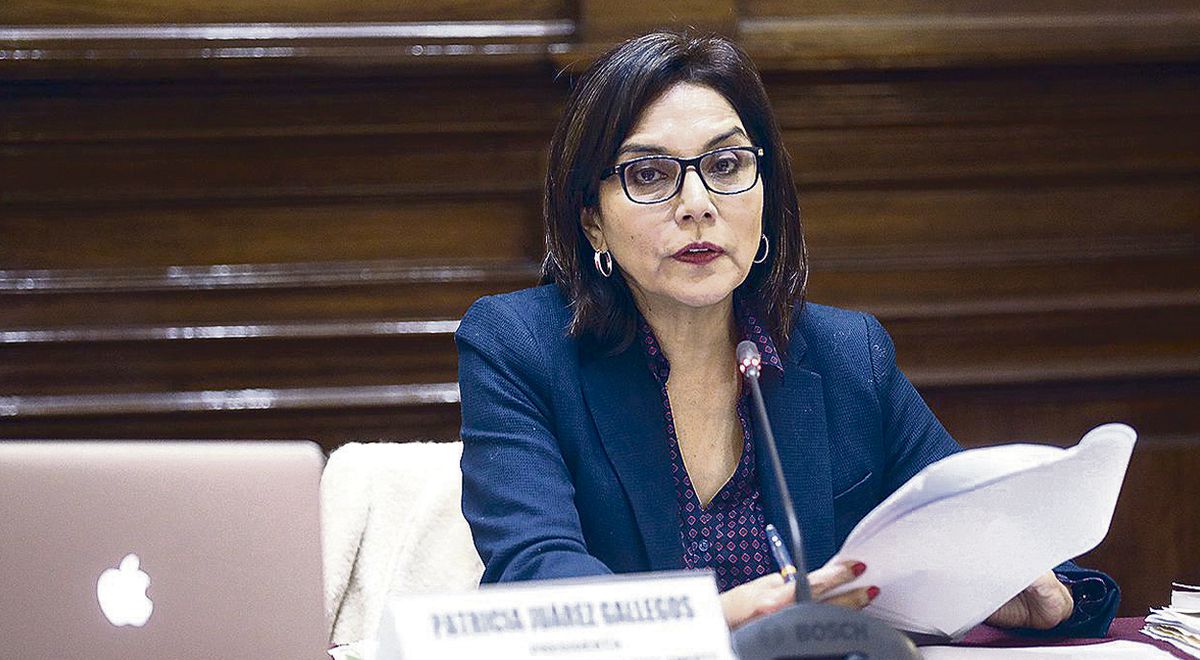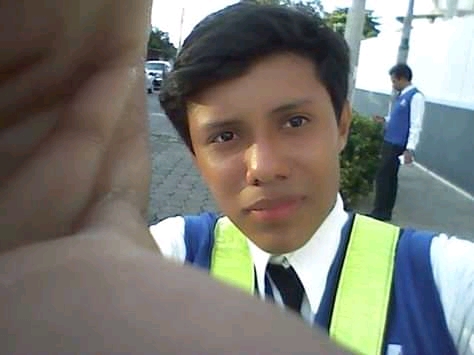Drug flights transit unpunished through Paraguayan airspace
The soap opera of scanners that detect nothing and radars that do not identify planes has been going on for several decades now. Since the dawn of democratic life, the need to jealously guard the Paraguayan sky has been repeatedly exposed. It was in 1990 when a plane with more than 300 kilos of cocaine landed in the north of Chaco, its pilot arrested and the cargo seized, the largest drug seizure ever made until then. Since that year and until now, it has not been possible, known or, almost certainly, wanted to articulate an air patrol device that would make Paraguayan airspace unfeasible for drug trafficking operations.
In the jargon of the pilots, the Paraguayan radars are barely good at scaring away mosquitoes. This occurrence stems from the annoyance caused by the chain of errors (?) committed trying to install these devices. In 2017 DINAC had purchased a secondary radar to be planted in Concepción. It was a device defined as 3D+SSR capable of detecting aircraft in flight and determining their position in extreme weather conditions and even overcoming interference of human origin. Five years have passed and so far it has not entered service. The artifact is said to be incomplete, missing this and that. The DINAC passed it on to the Air Force, the latter to the Navy and so, from hand to hand, the blessed radar is still packaged or half assembled. Meanwhile, the “drug flights” as a Buenos Aires newspaper baptized them, leave Peru with an average load of 400 kilos of cocaine, cross all of Bolivia, enter Paraguayan territory where they resupply mid-route to finally enter in the Argentine Mesopotamia and reach the Atlantic coast with reshipment to Europe. It is estimated that these flights introduce, only to Argentina, about 48,000 kilos of cocaine hydrochloride annually.
If these radars ever serve to identify drug flights, not much can be done either, since we lack planes capable of intercepting them and forcing them to land in appropriate places to neutralize the cargo and arrest the crews. This phase requires special equipment, trained personnel and an alert network that covers the entire territory. All of this is far from being realized. We are still no man’s land for the traffickers of death.






